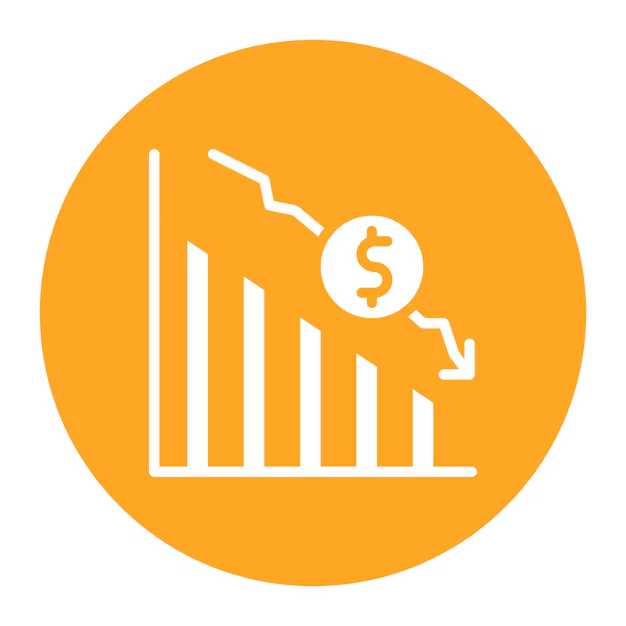- After the landmark passing of the GENIUS Act, industry players and advocates are pushing for the US Congress to consider crafting the rules for DePINs.
- The industry, which many believe is overlooked by regulators and the legislation, posted a $50 billion market cap in 2024 with a potential growth to $3.5 trillion in 2028.
Decentralized Physical Infrastructure Networks (DePINs) are the next big evolution in blockchain. This revolutionary concept lays the foundation for people or communities to contribute unused or excess resources to each other, including computing power, storage, and other physical communication infrastructure like WiFi hotspots. The network then rewards contributors for their efforts, like tokens and/or different network perks.
DePINs Continue to Operate within the Gray Area of Current US Laws and Regulations
DePINs democratize access to various services while considerably reducing costs and risks arising from unnecessary intermediaries and unscrupulous, monopolistic business practices. However, players, stakeholders, and supporters of this burgeoning industry, like DePINscan, believe regulators and lawmakers tend to overlook them. Hence, current laws are no longer scaling to their rapid global growth.
Following the passage of the GENIUS Act and ongoing deliberations in other laws about digital assets, advocates are also urging the US Congress to turn its attention to DePINs. According to them, the sector presently lacks a specified legal framework, as it neither falls within the ambit of laws and regulations centering on telecom, cloud computing, and crypto.
From a $50 Billion Market Cap in 2024 to $3.5 Trillion in 2028
DePINscan, a platform powered by IoTeX, highlighted that several startups within the DePIN sectors are promising. It cited as examples companies such as Glow that has already surpassed $15 million in revenue and Geodnet that has recorded over $1 million in annual recurring revenue (ARR).
Additionally, the platform claimed that DePIN protocols generate over $250 million in revenue. Meanwhile, Messari has reported that the DePIN market cap across 350 tokens has grown to $50 billion in 2024. The numbers indicate around 100 times in ARR, with an estimated 13 million devices contributing to its network daily.
In fact, two of the most prominent players in crypto, Solana (SOL) and Base, are now battling it out to position themselves in the steadily growing industry. Both have shown dominance compared to other L1s competing in the space.
Solana is leading the charge in network infrastructure. On the other hand, Base’s focus on consumers and marketplaces is significantly paying off.
Furthermore, Messari pointed out that local governments are exploring ways to integrate DePIN to address infrastructure challenges, especially in the areas of computing and communication. With that, it projected that these decentralized systems could drive trillions of dollars in downstream revenue for customers.
In a previous report, the research firm forecasted a $3.5 trillion surge in the market cap of DePINs by 2028.
What’s your Reaction?
+1
1
+1
0

+1
0

+1
0

+1
0

+1
0

+1
0




